Every Day is Earth Day in Hawaiʻi!
Native Plant Propagation
With Moani Hibbard and Seraphina Ortiz
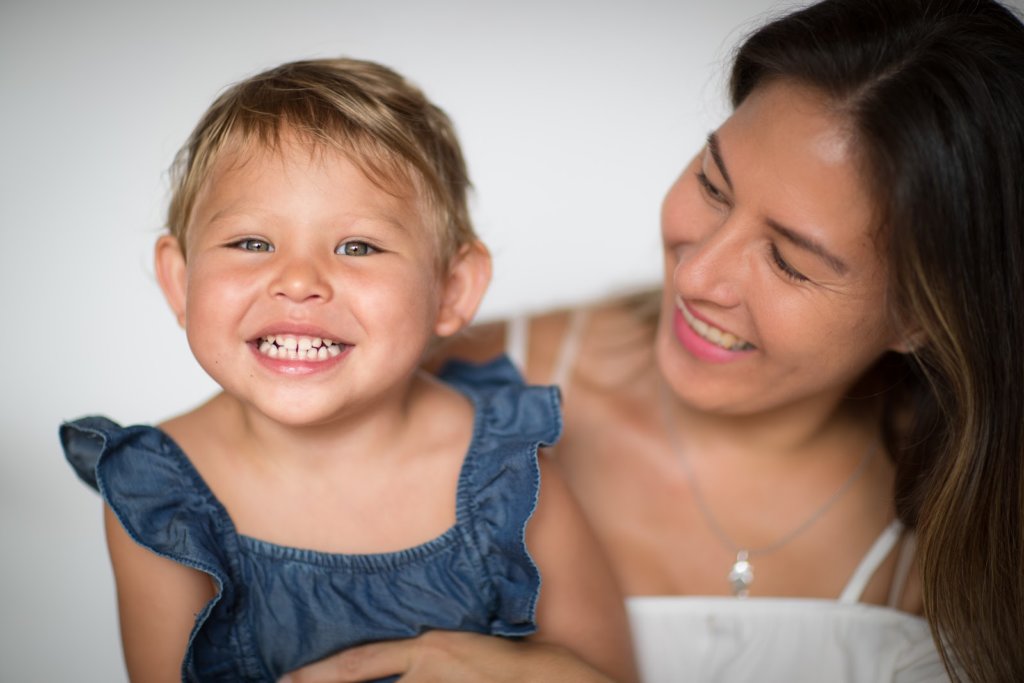
Today we have asked MHC friend and practitioner Moani Hibbard (you may have taken one of her hands-on ‘āina to skincare workshops at MHC) and her three-year-old daughter Seraphina to show us two different techniques for plant propagation. Moani is the owner of Ao Ola and believes in the healing properties of native Hawaiian plants. Visit her website www.botanicahawaii.com or follow her on Instagram to learn more!
Let’s propagate native plants! It’s easy to do and an important part of ensuring that we will continue to have these important plants in the future. This is a great activity to do with your children or grandchildren.
Preparations:
Materials
- Potting mix
- 4-inch pots
- Trowel
- Scissors or hand pruner
- Native plant cuttings or seeds
Step 1. Fill your pots with potting mix. Make sure to loosely pat down the soil. This is a great job for little ones that like to get their hands in the dirt.
Step 2. Decide if you are going to propagate from a cutting or seed.
Let’s start with propagating from a cutting.
Making your cutting:
Pōhinahina is more easily propagated using cuttings, but feel free to try seeds as well. Your cutting should be about 4-6 inches long. You can use the tip of the plant or a woodier piece. Make sure to make your cut right below a node, which is where the leaves are coming out, at an angle. The node is very important as this is where your new roots will sprout.
An indigenous plant, pōhinahina was traditionally used for medicine but today is appreciated in lei making. A member of the mint family, it has a pleasant herbaceous fragrance, not unlike sage or basil. It is a great ground cover and helps with erosion control.
Click on the video below to learn how to propagate this useful, fragrant plant.
Other native plants that can be propagated by cuttings include ʻaeʻae, ʻilieʻe, kokiʻo keʻokeʻo, and naupaka kahakai.
Next, we will learn how to propagate from seed.
Dried seed capsules mean the ʻaʻaliʻi seeds are ready to plant.
‘A‘ali‘i is an indigenous plant, meaning it is found naturally in Hawai‘i as well as other places. Tough and flexible, its wood was used as the framework for hale (houses) as well as for spears and other weapons. Today, ‘a‘ali‘i seeds, fruit, and leaves are used in lei making.
Click on the video below to learn how to propagate this native plant from seed.
Other native plants that can be propagated from seed include alaheʻe, hōʻawa, ʻilima, ʻIlieʻe, kokiʻo keʻokeʻo, lonomea, loulu, māmaki, naupaka kahakai, and ʻōhai.
Keiki at a young age are like sponges and soak up everything around them, even when you think they aren’t paying attention to you. Teaching Seraphina about our ʻāina and how to mālama it at such an early age is creating a fundamental foundation for her to understand and care for our natural world. This foundation that you create and foster for your keiki will last them a lifetime and has the potential to affect their decision making in ways we can’t predict. Already she understands that seeing ʻōpala (trash) on the ground is not pono (right) and that plants need sun, water, nutrients, and love to thrive. Setting these simple concepts into her mind and lifestyle right now will hopefully mold her into a good steward of the land and she, in turn, can share with others.
Mahalo nui to Moani and Seraphina for sharing their love and knowledge of native plants!
Are you interested in planting ‘a‘ali‘i or pōhinahina at home? Send us a note at contact@manoaheritagecenter.org telling us why you would like to grow this native plant and we’ll send you a packet of seeds!
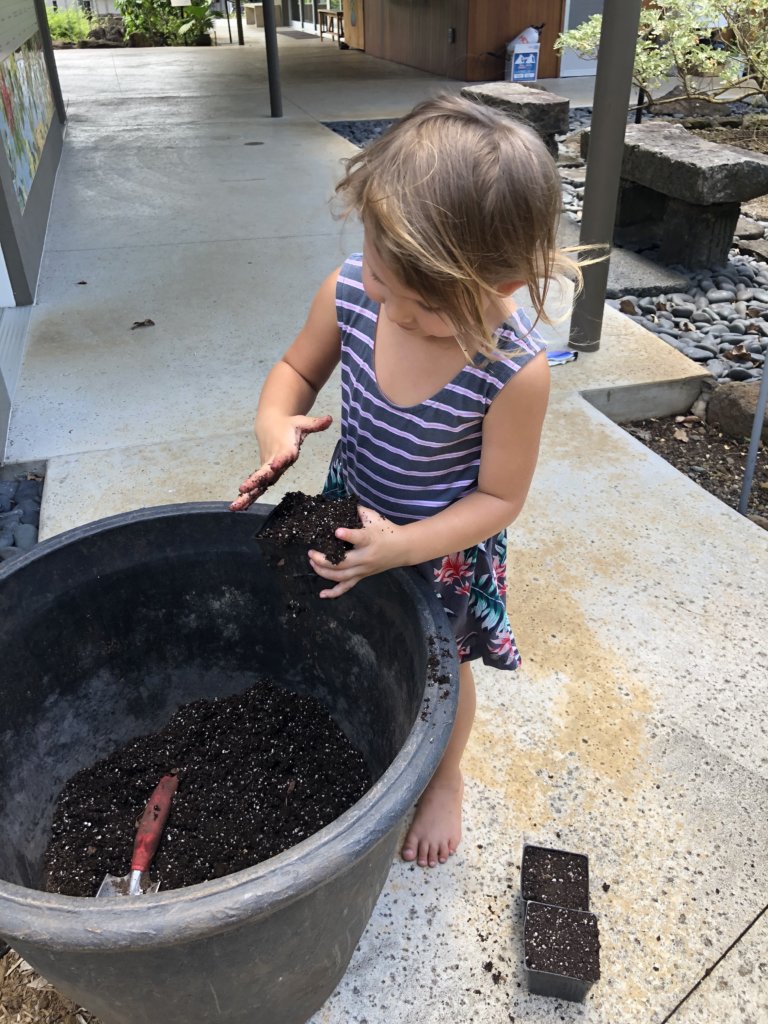
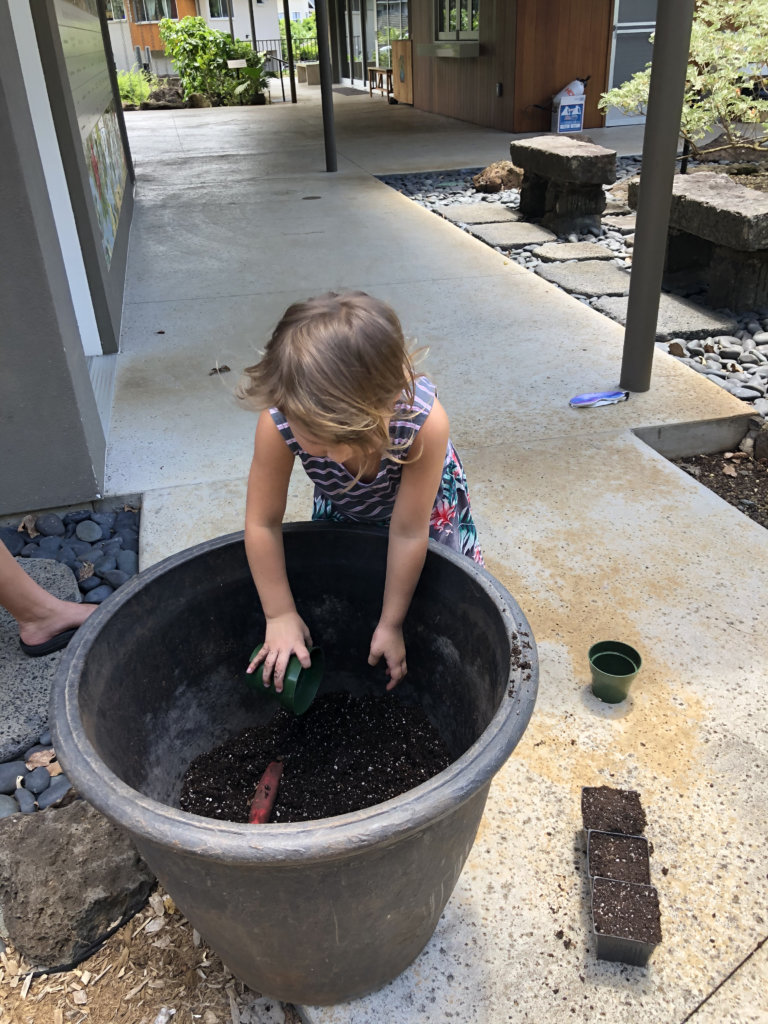
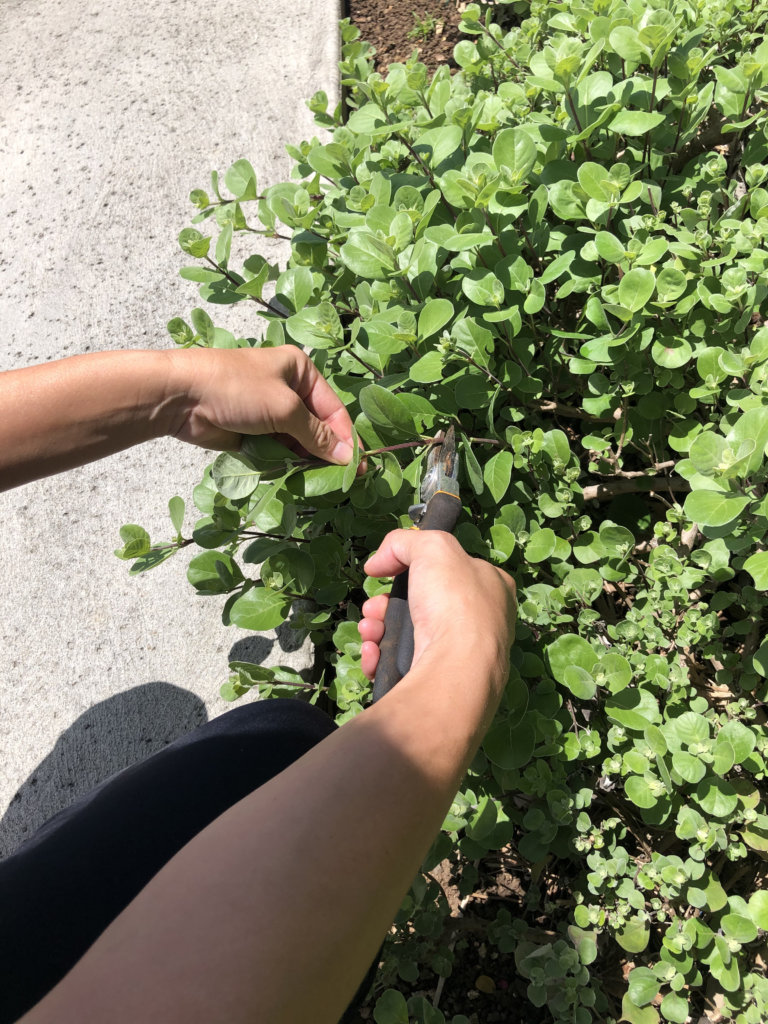
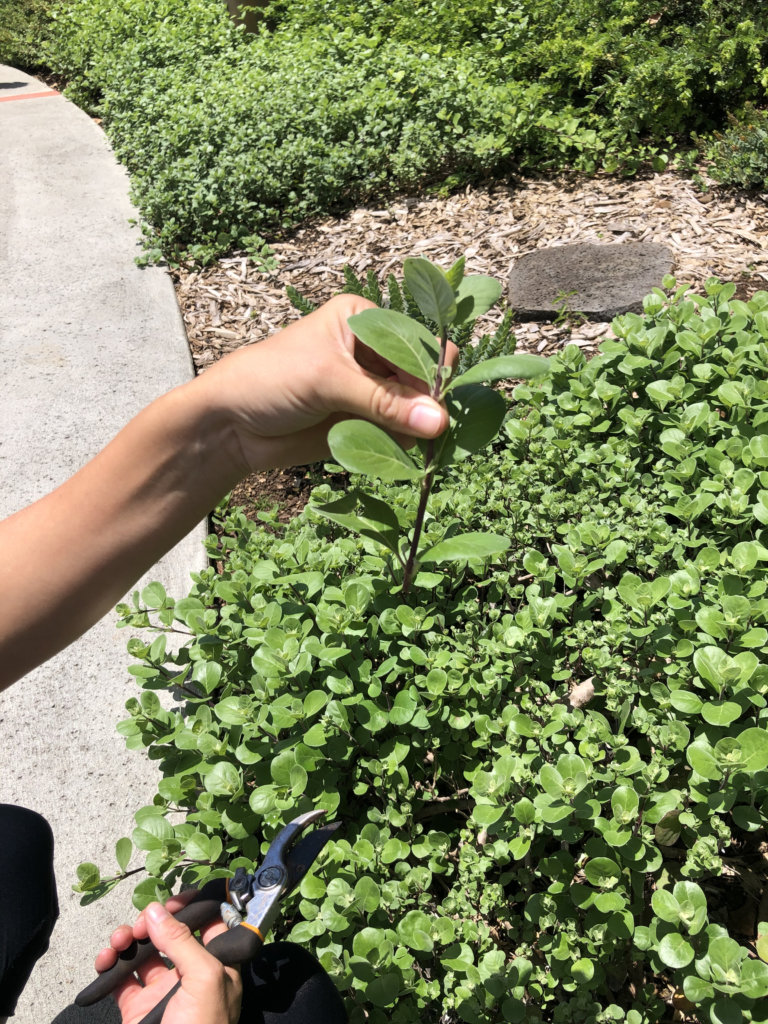
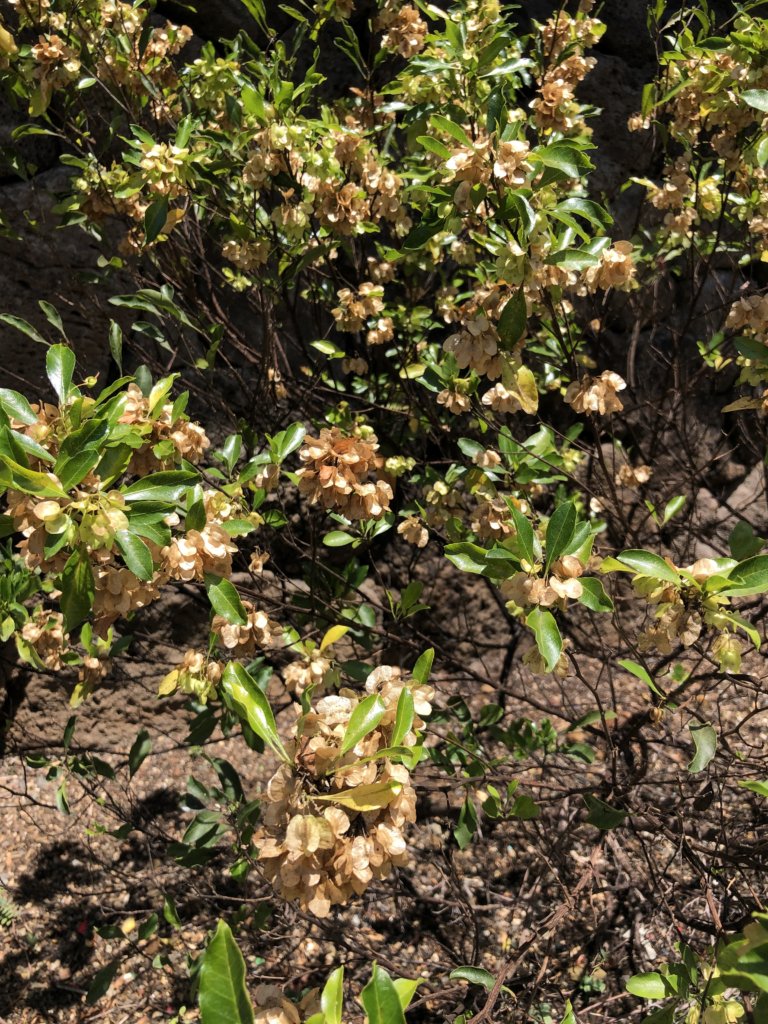
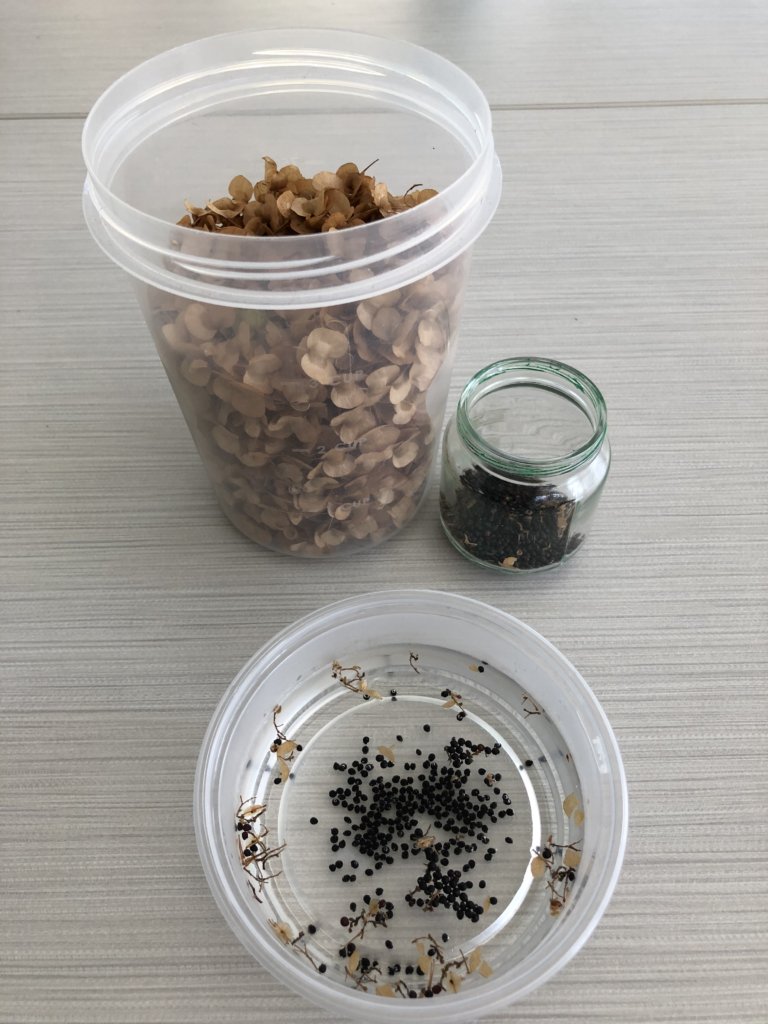

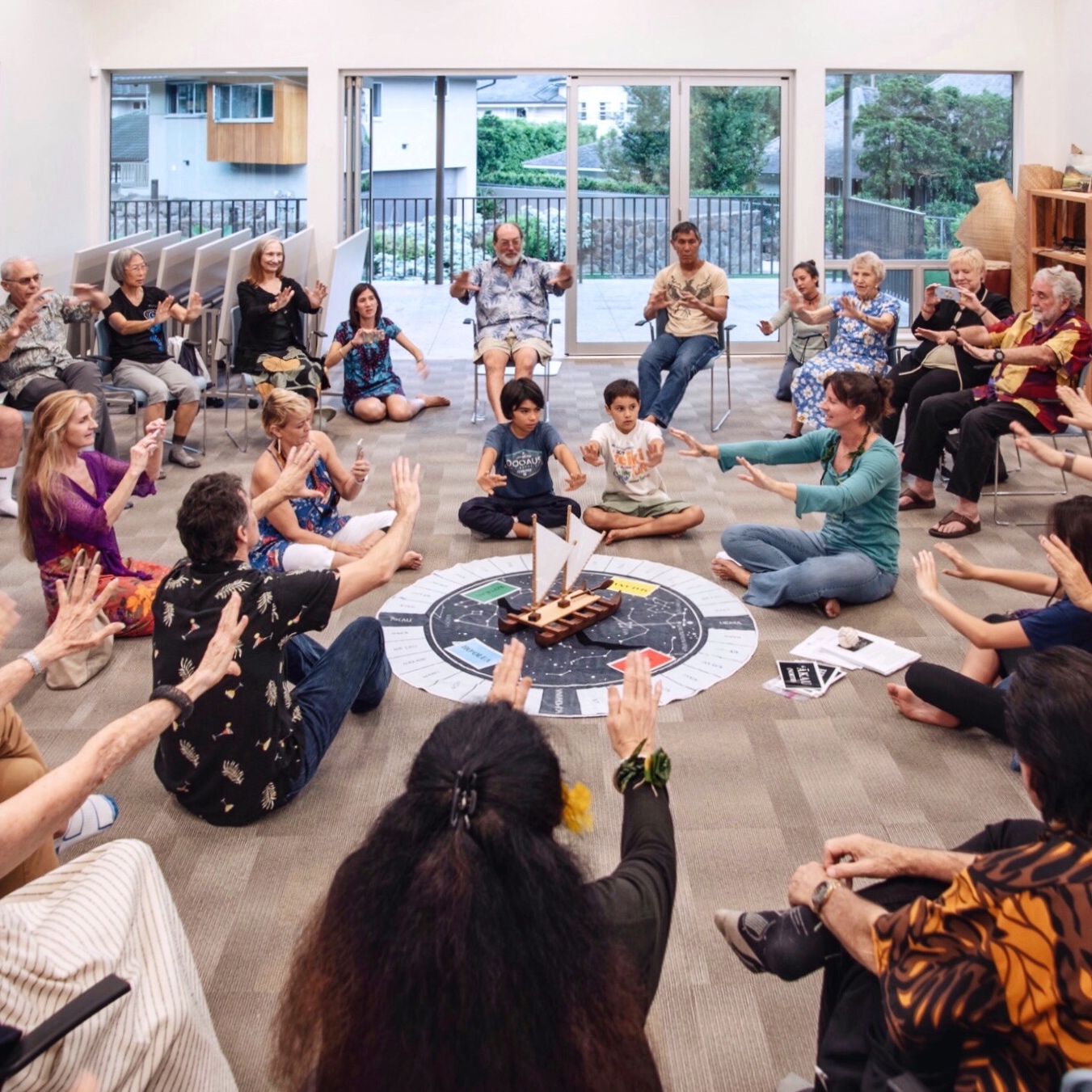
This is a great article!